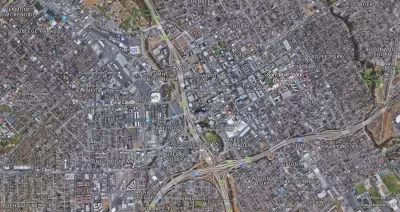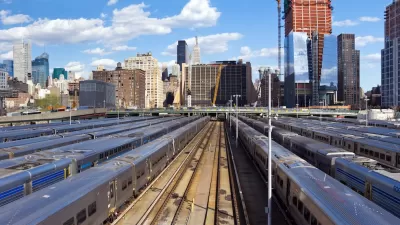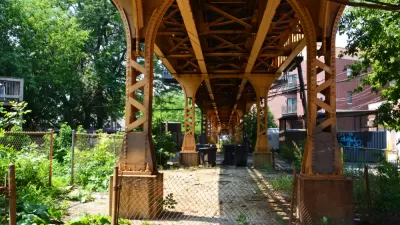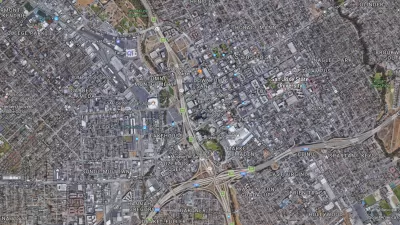The city of San Jose is pushing Google to mitigate the effects of gentrification and displacement at its planned transit oriented facility in downtown San Jose.

Mayor Sam Liccardo and several of his City Council colleagues — Vice Mayor Magdalena Carrasco, Sylvia Arenas, and Dev Davis have announced their intentions to push Google to require 25 percent affordable housing in a massive planned development near Diridon Station in downtown San Jose.
Emily Deruy reports that the city's political leadership "[plans] to push for a new affordable housing requirement, as well as a fee on commercial development to pay for some of that housing, along with improvements to public transportation and other things."
"The four council members say they will push to require that 25 percent of the overall housing built in neighborhoods around Diridon Station be affordable, and they want to see long-term rent restrictions put into place," adds Deruy.
The San Jose City Council is expected to vote on the sale of city-owned land for the project at the beginning of December.
FULL STORY: San Jose mayor pushes for 25 percent affordable housing mandate around Google development

Trump Administration Could Effectively End Housing Voucher Program
Federal officials are eyeing major cuts to the Section 8 program that helps millions of low-income households pay rent.

Planetizen Federal Action Tracker
A weekly monitor of how Trump’s orders and actions are impacting planners and planning in America.

The 120 Year Old Tiny Home Villages That Sheltered San Francisco’s Earthquake Refugees
More than a century ago, San Francisco mobilized to house thousands of residents displaced by the 1906 earthquake. Could their strategy offer a model for the present?

HSR Reaches Key Settlement in Northern California City
The state’s high-speed rail authority reached an agreement with Millbrae, a key city on the train’s proposed route to San Francisco.

Washington State Legislature Passes Parking Reform Bill
A bill that would limit parking requirements for new developments is headed to the governor’s desk.

Missouri Law Would Ban Protections for Housing Voucher Users
A state law seeks to overturn source-of-income discrimination bans passed by several Missouri cities.
Urban Design for Planners 1: Software Tools
This six-course series explores essential urban design concepts using open source software and equips planners with the tools they need to participate fully in the urban design process.
Planning for Universal Design
Learn the tools for implementing Universal Design in planning regulations.
Ada County Highway District
Clanton & Associates, Inc.
Jessamine County Fiscal Court
Institute for Housing and Urban Development Studies (IHS)
City of Grandview
Harvard GSD Executive Education
Toledo-Lucas County Plan Commissions
Salt Lake City
NYU Wagner Graduate School of Public Service





























